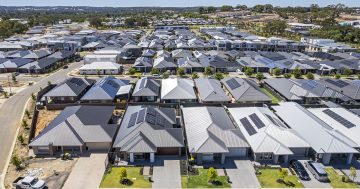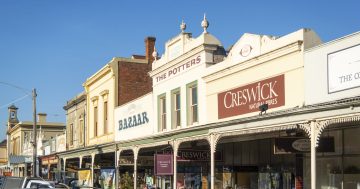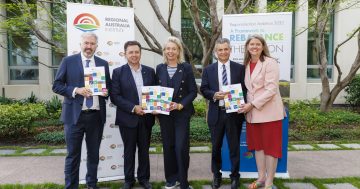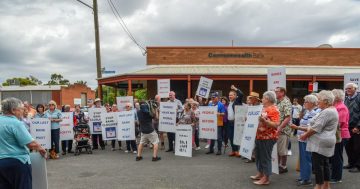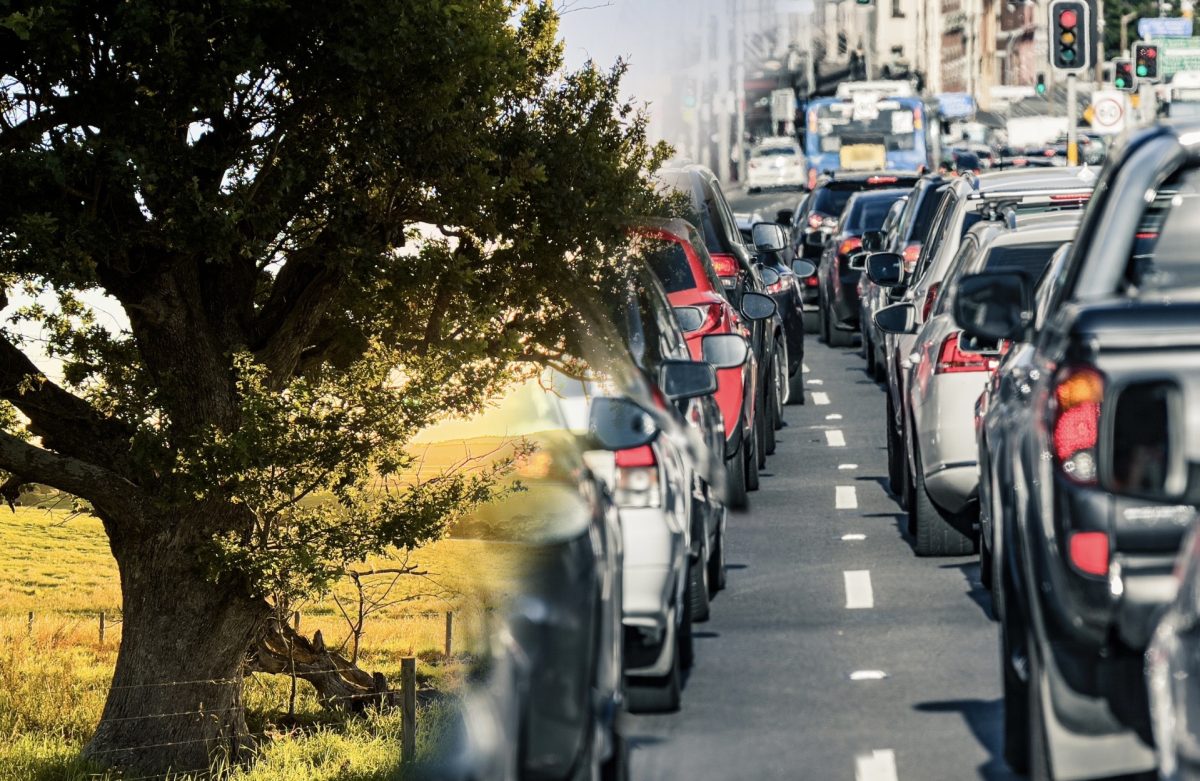
More Australians are leaving the cities behind in 2024, according to the latest Regional Movers Index. Photo: iStock.
As cost-of-living pressures soar and housing affordability spirals out of reach in the cities, the number of urban Australians trading the big smoke for the regions has hit a 12-month high.
Data from the latest Regional Movers Index demonstrates that 24 per cent more people are moving from the city to regions than the other way around, with millennials (born between 1981 and 1995) being the largest demographic.
Regional Australia Institute CEO Liz Ritchie said relocations had surged in the first quarter of the year and were now 20 per cent above the pre-COVID average.
“People are voting with their feet and making a very conscious decision to live in regional Australia,” she said.
“Whilst the pandemic supercharged this movement, the regional lifestyle is continuing to prove highly desirable for thousands of people, especially those from cities.”
Ms Ritchie said the continued exodus from the cities could no longer be attributed to a”quirky flow-on effect from the lockdown years”.
“This sustained trend provides tangible evidence regarding the importance of investing in and supporting the regions.”
Commonwealth Bank Regional and Agribusiness executive general manager Paul Fowler said it was an exciting trend.
“This quarter’s report paints the picture of younger individuals or younger families looking for somewhere that’s more affordable,” he explained.
“Many are opting for the large regional centres, which are buzzing with business activity and investment, offering a great range of employment opportunities.”
Sydneysiders accounted for the largest group of movers, at 67 per cent, and Mr Fowler said it was largely people living on the outskirts of major metropolitan cities who were leaving.
“With high house prices and cost-of-living pressures biting, many people are realising the regions can offer the lifestyle they want and the jobs they’re after, minus big-city problems – like long commute times, tolls and traffic,” he said.
“Often, they’re leaving the outer suburbs for big regional centres like the Gold Coast, Sunshine Coast, Wollongong, Newcastle, Geelong, Busselton, the Alexandrina region, and Launceston.”
The Gold Coast proved to be the most popular destination for Sydneysiders relocating, attracting 11.3 per cent, followed by Wollongong with 8 per cent of sea changers.
Shoalhaven, south of Wollongong, was listed as an emerging hotspot, while Greater Hume Shire in the southern Riverina has continued to see proportional growth.
Ms Ritchie said the figures demonstrated the need for investment in services, skills and infrastructure to support growing populations.
“Our message to government is that we have not caught up, we are experiencing growing pains,” she said.
“We know that the more remote we go into our rural and regional communities, those services are less and less prevalent and that it is a major barrier for families, but predominantly women, to take up more employment opportunities.
“There are regional locations that still have strong housing capacity, but then there are others that are struggling with between zero and 1 per cent vacancy rates, and this is a major issue.”
The Regional Movers Index is a partnership between the Commonwealth Bank of Australia and the Regional Australia Institute.







